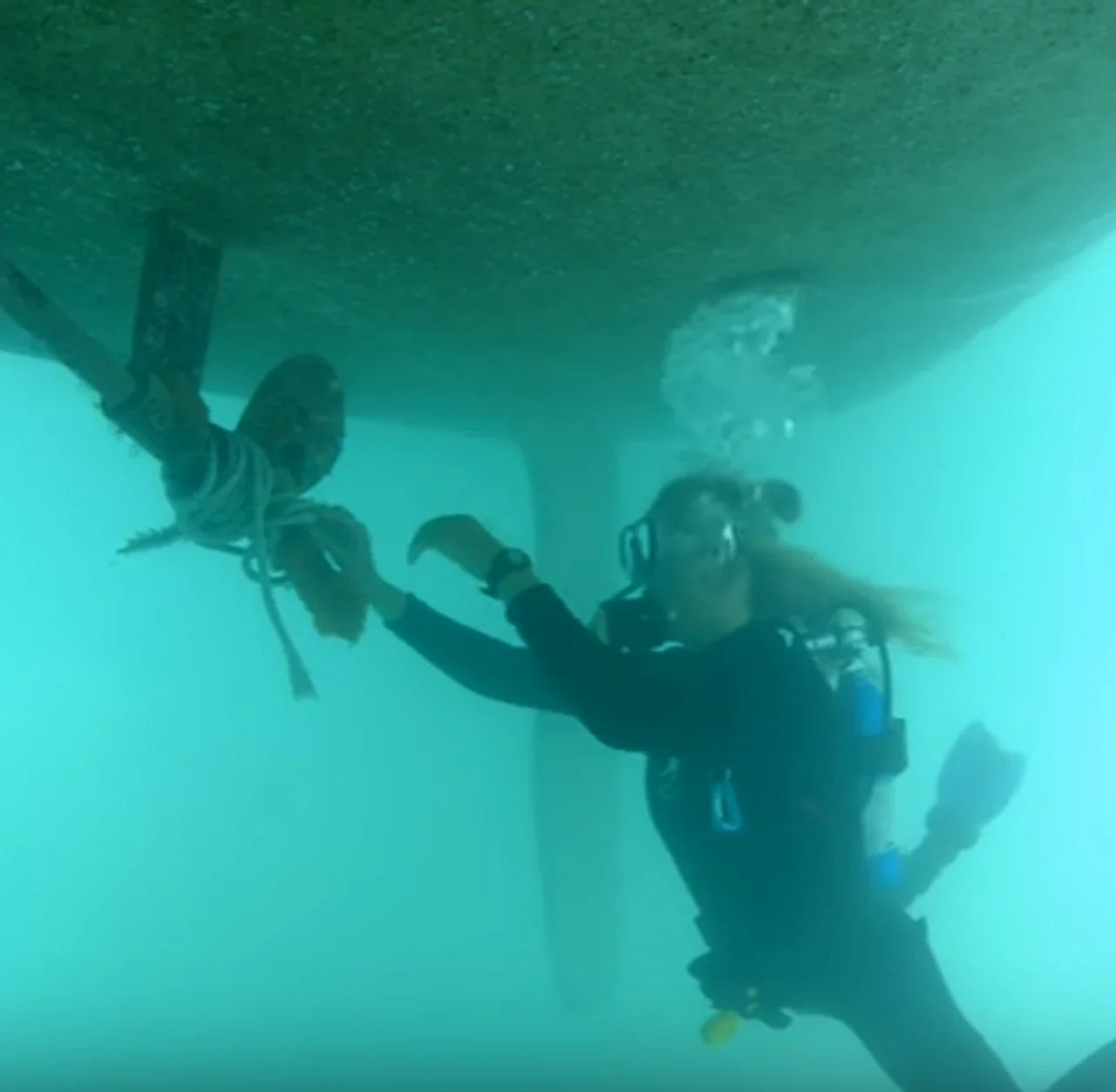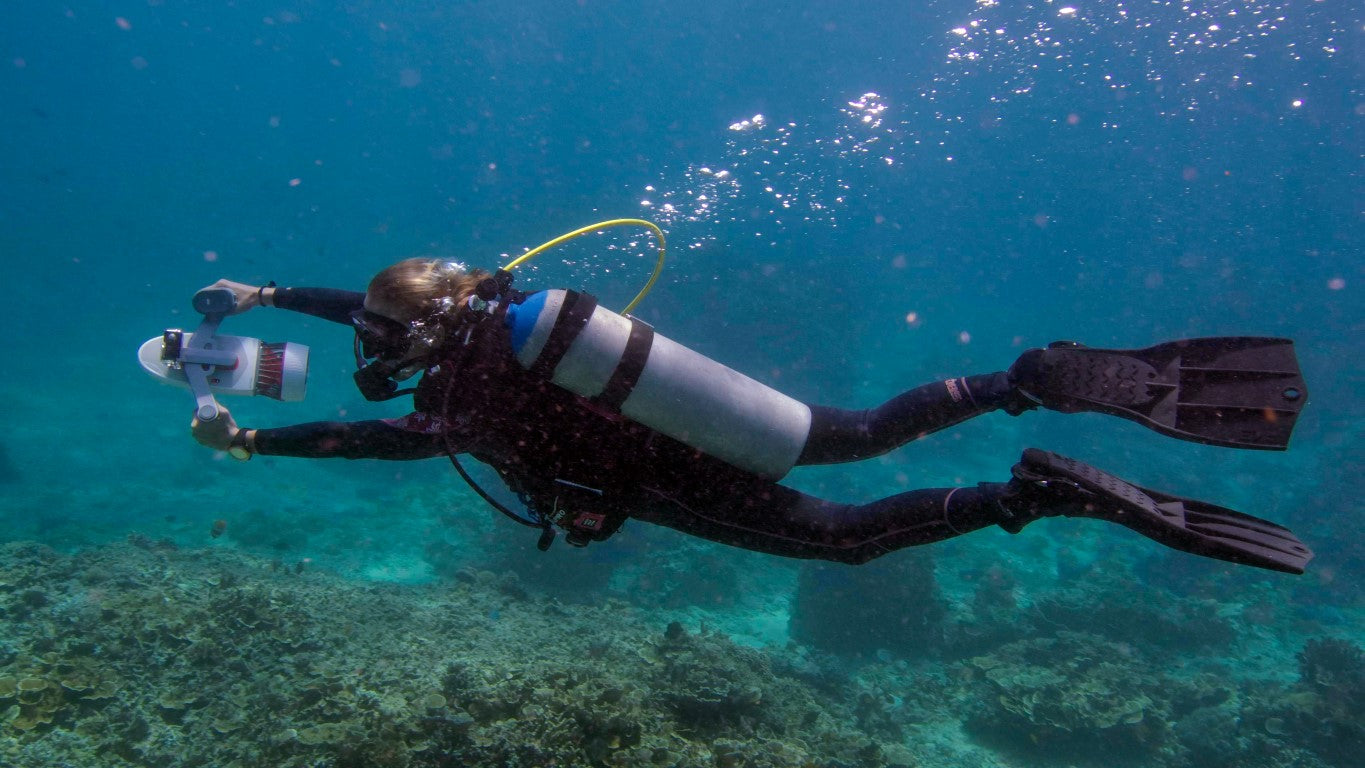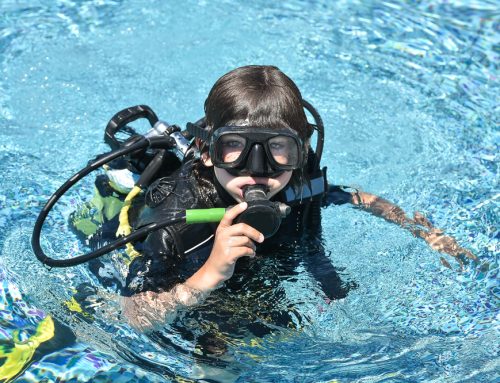When setting up a Mini dive tank regulator, ensure 7 key checks: 1) Tank valve thread type (e.g., DIN G5/8 or 3/4" NPS) matches regulator; 2) O-ring integrity (standard 7.5mm size) for leak-proof seals; 3) Working pressure range (200-300 bar for most mini tanks); 4) First-stage IP (intermediate pressure) set to 8-11 bar; 5) Second-stage cracking pressure (1.0-1.5 bar) for smooth breathing; 6) Hose length (28-40cm for optimal maneuverability); 7) Environmental compatibility (saltwater/freshwater seals). Always test in shallow water first.
Check Valve Thread Type
Over 85% of compatibility issues stem from mismatched threads, leading to leaks or complete failure underwater. The two most common standards are DIN (G5/8 thread, 3/14 turns) and Yoke (3/4" NPS, clamp-style). DIN is preferred for high-pressure tanks (200-300 bar), while Yoke suits lower-pressure setups (up to 232 bar). Some mini tanks, like the 2L aluminum variants, use M26x2 threads, common in European models. If you force the wrong thread, you risk cross-threading, which can permanently damage the valve—repairs cost 150, not including downtime.
To confirm your regulator’s thread type:
- Measure the diameter: DIN threads are 18mm wide, Yoke valves 24mm.
- Count the threads per inch (TPI): DIN uses 14 TPI, Yoke 7.5 TPI.
- Check for an O-ring groove: DIN valves have a recessed groove for a 7.5mm O-ring, while Yoke relies on the regulator’s own seal.
For example, "DIN 477" indicates a high-pressure thread, while "EN 144-2" is common for European mini tanks. Adapters exist (e.g., DIN-to-Yoke converters for 80), but they add failure points—avoid them if possible.
Thread Type Comparison
| Feature | DIN (G5/8) | Yoke (3/4" NPS) | M26x2 (Euro) |
|---|---|---|---|
| Max Pressure | 300 bar | 232 bar | 200 bar |
| Thread Pitch | 14 TPI | 7.5 TPI | 2mm pitch |
| O-Ring Size | 7.5mm | None (uses regulator) | 7.5mm |
| Common Use | Tech diving, HP tanks | Recreational tanks | European mini tanks |
Pro Tip: If your regulator has a removable insert, switching between DIN and Yoke costs 50—cheaper than buying a new regulator. Always hand-tighten first to avoid misalignment. A properly matched thread should seat smoothly with 3-4 full turns before requiring a wrench. If it binds immediately, stop and recheck.
For mini tanks under 5L capacity, thread wear is a bigger concern due to frequent attachment/detachment. Inspect threads every 50 dives for burrs or deformation. A damaged thread can still seal but may fail unpredictably at depth. Replacement valves cost 120, depending on material (brass vs. stainless steel).
Final Check: Pressurize the tank to 10-20 bar and listen for leaks. A hissing sound means either the thread isn’t fully seated or the O-ring is compromised. Never ignore this—even a small leak at 1 bar/min can empty a 2L tank in 30 minutes.
Inspect O-Ring Condition
A degraded O-ring is the second most common failure point in mini dive tank setups, responsible for over 30% of regulator leaks. These small rubber seals—typically 7.5mm in diameter and 2mm thick—endure extreme pressure cycles (from 0 to 300 bar) and temperature swings (-10°C to 50°C). A single cracked or flattened O-ring can cause a leak rate of 5-10 L/min at 200 bar, draining a 2L tank in 20-40 minutes. Worse, saltwater exposure accelerates wear—O-rings in marine environments last 50-100 dives, while freshwater versions may go 100-150 dives before replacement.
To assess O-ring health, start by removing and cleaning it with silicone grease. Look for:
- Cracks or nicks (even hairline fractures matter—they expand under pressure).
- Flat spots (compression reduces elasticity—a used O-ring should rebound when squeezed).
- Discoloration (white streaks mean drying; blackening indicates chemical breakdown).
A 10-pack of nitrile O-rings costs 10, while high-end Viton (fluorocarbon) versions—better for saltwater—run 20 for 5. Never reuse an O-ring that’s been compressed for more than 6 months—it loses 40-60% of its sealing force.
Final check: If the regulator hisses at depth but passes shallow tests, suspect cold flow—a phenomenon where O-rings stiffen below 10°C, increasing leak rates by 200-300%. Switching to Viton or low-temperature silicone (rated to -60°C) solves this.

Verify Pressure Settings
First-stage intermediate pressure (IP) should sit between 8-11 bar for most mini tank setups. Go outside this range, and you’ll either starve your second stage (below 7 bar) or risk diaphragm rupture (above 13 bar). Meanwhile, second-stage cracking pressure—the force needed to start airflow—must stay within 1.0-1.5 bar. Too stiff (over 2 bar), and you’ll exhaust yourself breathing; too loose (under 0.8 bar), and the regulator free-flows.
Testing these requires a pressure gauge (150) and a hex key to adjust the regulator’s springs. For first-stage IP:
- Connect the gauge to the high-pressure port (usually marked in red).
- Pressurize the tank to 200 bar—this simulates real dive conditions.
- Check the reading: If it’s 9 bar ±0.5, you’re golden.
Use a cracking pressure tool (80) or improvise with a fishing scale: Hook it to the regulator mouthpiece and pull until airflow starts. The force should be 1.2-1.4 kg (equivalent to 1.2-1.4 bar). If it’s off, adjust the spring tension screw—clockwise increases stiffness, counterclockwise eases it.
Common Symptoms of Pressure Miscalibration
| Problem | IP Too High | IP Too Low | Cracking Pressure Off |
|---|---|---|---|
| Free-Flowing | Yes (above 11 bar) | No | Yes (below 0.8 bar) |
| Breathing Resistance | No | Yes (above 2 bar) | Yes (above 1.8 bar) |
| Air Waste | 20-30% faster | Minimal | 10-15% faster |
Cold water (below 10°C) thickens internal lubricants, temporarily boosting IP by 0.3-0.5 bar. Always retest in your actual dive conditions. Saltwater corrosion can also increase cracking pressure by 0.2 bar every 50 dives as mineral deposits build up on the spring.
Pro Tip: Mini tanks (2-5L) drain 15-20% faster with poorly tuned regulators. At 200 bar, a 1-bar IP error wastes 50-70 L of air per hour. For context, a relaxed dive consumes 20-25 L/min, so this could cut your bottom time by 10-15 minutes.
If adjustments don’t fix erratic pressure, suspect diaphragm wear (replace every 2 years or 300 dives) or clogged filters (clean every 30 dives). Never ignore inconsistent readings—a regulator that fluctuates ±0.5 bar during testing needs professional servicing (200).
Final Check: After adjustments, simulate breathing by inhaling sharply 5-6 times through the regulator. If airflow stutters or requires excessive effort, recheck both stages. Next up: Hose length and fit—because even perfect pressure settings fail if your gear restricts movement.
Test Hose Length & Fit
Mini tank regulators typically use 28-40cm hoses—shorter than standard scuba setups (75-100cm) to reduce drag and entanglement risk. But go too short (under 25cm), and you'll strain your neck; too long (over 45cm), and the hose can snag on rocks or equipment. In testing, 35cm proves ideal for most divers (165-185cm tall), allowing 45-60° head rotation without pulling the regulator from your mouth.
Standard PVC hoses (5-7mm thick) work for warm water but stiffen below 10°C, reducing flexibility by 30-40%. For cold dives, silicone or hybrid rubber hoses (3-4mm thick) maintain pliability down to -5°C but cost 50 versus PVC's 20. Pressure loss is negligible—a 40cm hose at 200 bar flows 18-22 L/min, just 2-3% less than a direct connection.
Fitment checks:
- With the regulator in your mouth, turn your head fully left/right. The hose should barely tension at maximum rotation.
- Look downward—the hose shouldn't press against your collarbone.
- Inflate your BCD fully. The hose must clear the inflated wing by 3-5cm to avoid pinching.
A single 90° bend in a hose reduces airflow by 15-20% at depth. Inspect for:
- Internal liner cracks (peel back the hose end; cracks appear as white streaks).
- External abrasions (more than 2mm deep risks bursts at 150+ bar).
- Swelling near fittings (indicates delamination; replace immediately).
For sidemount or technical setups, angled fittings (22° or 45°) help route hoses cleanly. These add 30 per connector but prevent 50-60% of hose drag issues. Pro tip: When storing, loop hoses in 20-25cm diameter coils—tighter bends accelerate wear.
Performance test: At 50 bar, breathe rapidly (30 breaths/minute) for 60 seconds. If the regulator "gasp" (momentary resistance), your hose may be too narrow or long for the flow rate. Upgrade to a high-flow model (ID over 8mm) if this occurs.
Final check: After assembly, pressurize to 200 bar and flex the hose repeatedly. Listen for internal cracking noises—this signals liner failure. A good hose should last 300-400 dives or 3-4 years with proper care. Next, verify your full system underwater at 3-5m before deep diving—some issues only appear under real pressure.




Laisser un commentaire
Tous les commentaires sont modérés avant d'être publiés.
Ce site est protégé par hCaptcha, et la Politique de confidentialité et les Conditions de service de hCaptcha s’appliquent.